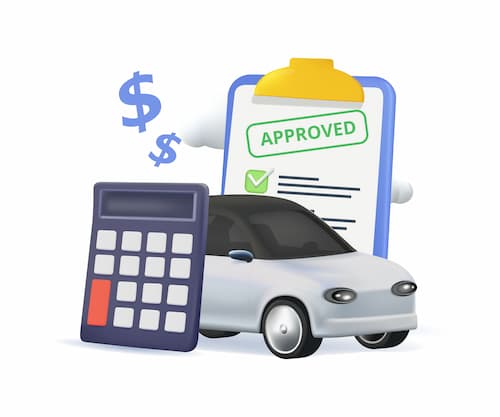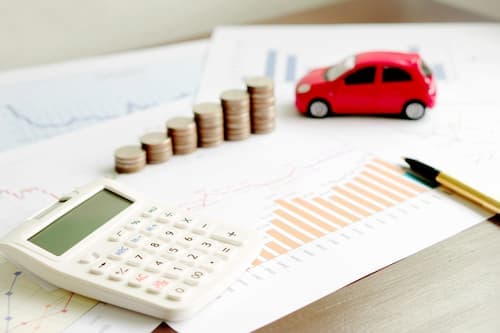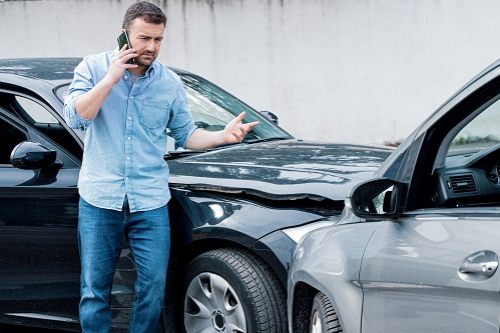Which types of coverage protect against accidental damage?
Several types of coverage on your auto insurance policy will cover accidental damage; which one applies depends on the cause of the damage, and who was at fault. Here’s a breakdown:
| Coverage | Damage covered | Example |
|---|---|---|
| Collision | Collisions with other vehicles, objects and single-vehicle accidents like rollovers | You back into a lightpost |
| Comprehensive | Non-collision damage like weather, theft or vandalism | A baseball breaks your windshield |
| Liability | Damage to the property of others for which you're at fault | You back into your neighbor's car |
Collision coverage
Collision coverage helps pay for repairs to your vehicle if it's damaged in a collision with another car or object, regardless of who is at fault. It usually covers accidents like hitting another car, colliding with a tree, or damaging your vehicle due to a single-vehicle accident.
Comprehensive coverage
Comprehensive coverage protects against non-collision incidents like theft, vandalism, and falling objects. It also covers accidental damage caused by natural disasters, such as hailstorms, floods, fires, or hitting an animal on the road.
Liability coverage
While liability coverage doesn't cover damages to your vehicle, it helps pay for damages you cause to someone else's vehicle or property in an accident where you are at fault.
Uninsured/underinsured motorist coverage
Uninsured/underinsured motorist coverage protects you if you are involved in an accident with a driver who doesn't have insurance or doesn't have enough coverage to pay for your damages.
When is accidental damage not covered?
Accidental damage isn’t covered in a few situations. They include:
- If you don’t carry the right coverage for the damage
- Illegal or unauthorized use of the vehicle
- If the coverage has lapsed
- Any damage specifically excluded by your policy
It’s vital to read your policy and talk to your insurance agent or representative to understand what’s not covered.
What to do after accidental damage
After accidental damage to your car, follow these steps:
- Document the damage: Take photos or videos of the damage as well as the situation in which it occurred.
- File a police report: Contact the police if the damage involves a crime, is extensive or if injuries are also involved.
- Contact your insurance company: Immediately get your claim started by calling the number on your insurance card or using a mobile app to file a claim.
- Review your policy: Ensure you understand your coverage and deductible.
Remember, your car insurance coverage may vary based on the insurer and your auto policy. Don’t forget to take your needs and budget into account when purchasing car insurance.
FAQ: Car insurance and accidental damage
Will a claim for accidental damage raise my premium?
It might, depending on the cause of the damage. Collision claims generally result in a premiumThe payment required for an insurance policy to remain in force. Auto insurance premiums are quoted for either 6-month or annual policy periods. increase while comprehensive claims don’t, but it depends on the situation and the insurance company.
Does insurance cover me if I accidentally hit a pole?
Yes, as long as you have collision coverage, your car insurance will cover damage from hitting a pole.
Is hitting a deer considered an accident?
Hitting an animal is considered a comprehensive claim rather than a collision claim and doesn’t go on your record as an accident in most cases.



